Compare your DNA to 165 Ancient Civilizations
FIND THE HISTORY OF YOU
So, you've got your DNA results? To discover who you really are, you need to know where you come from. We can take your DNA results one step further through the use of advanced archaeogenetics
How It Works
Uncovering your ancient ancestry is simple with our three-step process.
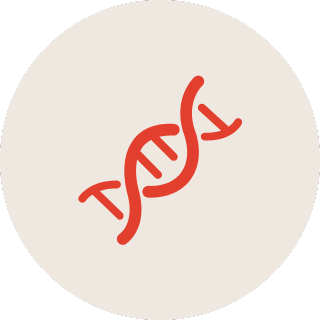
Take a DNA Test
Get tested with one of the major DNA testing companies (e.g. AncestryDNA, MyHeritage, FamilyTreeDNA, DanteLabs etc.).

Download Your Raw Data
Download your raw DNA data file from your testing provider's website. We support all major formats.

Upload & Explore
Upload your DNA file to our secure platform and receive your detailed ancestry analysis within minutes.
DIG DEEP
Into Your Ancient History
Is this your Ancestor?
Your DNA will be compared to over 11,000 Ancient Individuals.
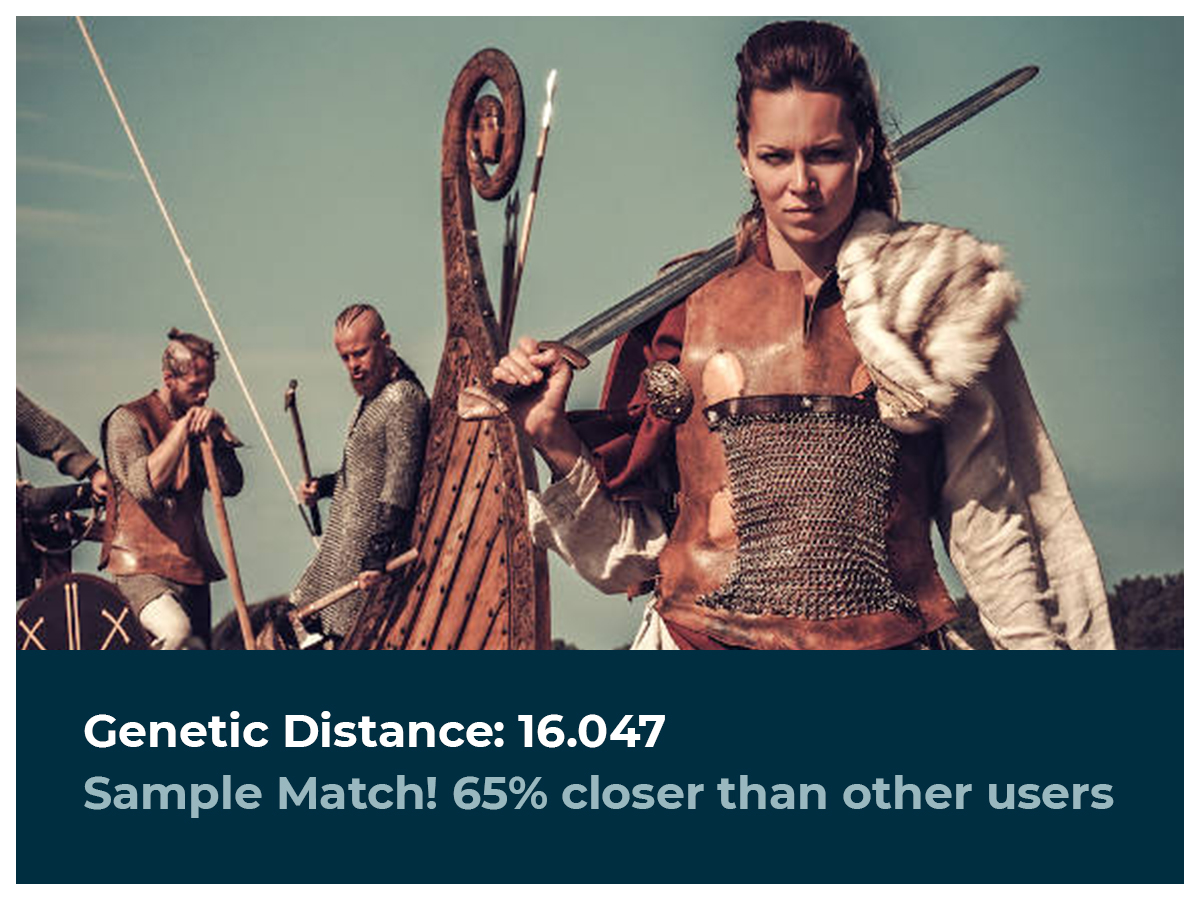
VIKING HIGH-RANKING BIRKA SHIELD-MAIDEN
brk581 (950 AD) mtDNA Haplogroup: T2b
The Birka Viking warrior was a woman buried in the 10th century, in Birka, Sweden, and discovered in the 1870s. The grave was assumed to be a "battle-hardened man" for 128 years, until DNA analysis proved she was actually a high-ranking professional warrior.
See Your Ancient Past in Action
Our selection of interactive maps will show you where, and when your genetic ancestors lived.
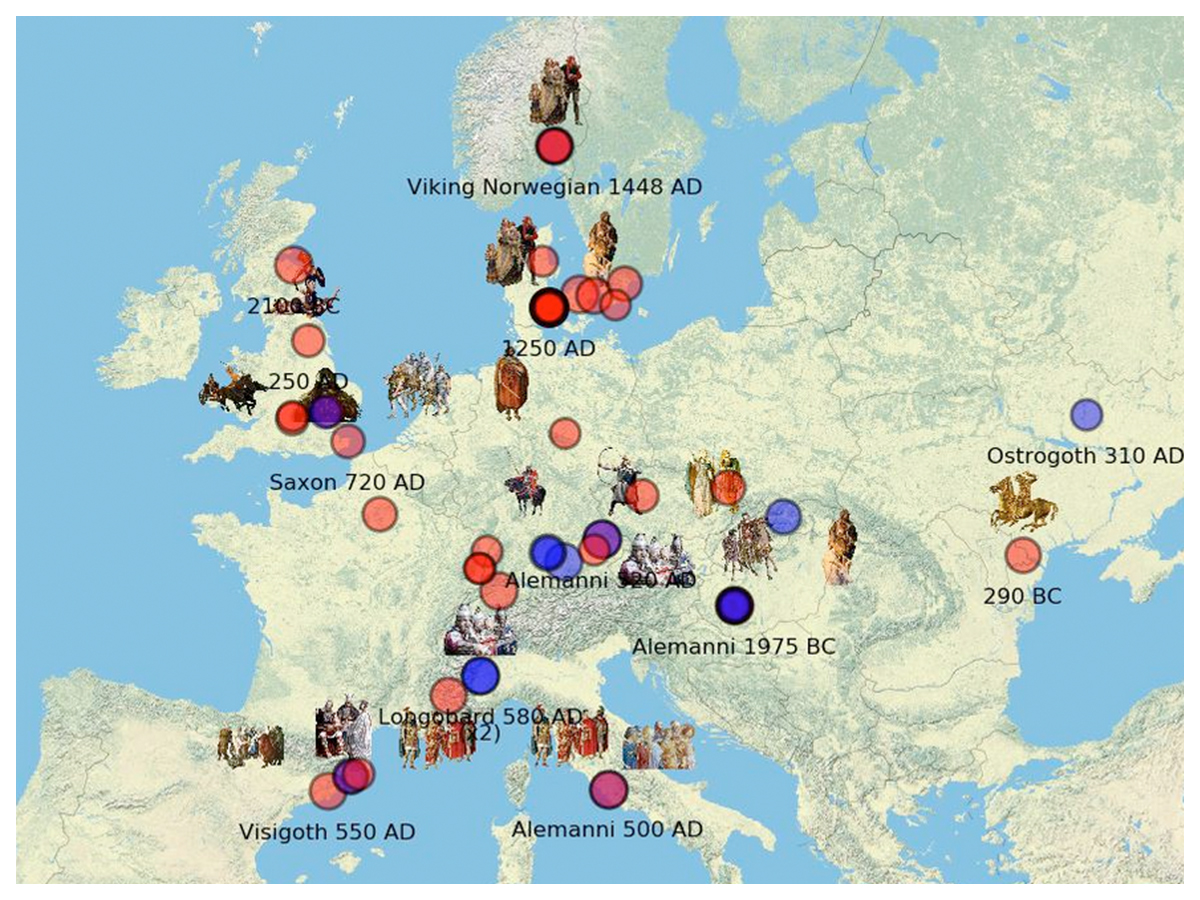
You can also journey through time with our ancestral timelines. With this tool, you can search your matches by ancestry, or direct DNA segments.
Why Choose MyTrueAncestry
Discover what sets our ancient DNA analysis apart from traditional ancestry services.

100% Anonymous Insights
All retained data is fully anonymized, ensuring your privacy is completely protected.
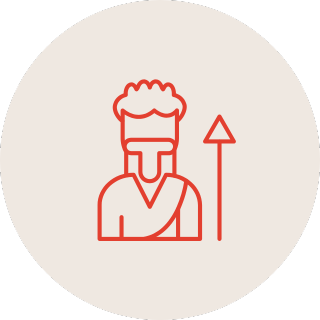
Powered by Real Ancient DNA
The only service powered by real ancient DNA samples from all over the world and advanced archaeogenetics technologies.

Try For Free
Our basic analysis is 100% free for you to try with no payment method required.
BROWSE OUR DNA SPOTLIGHTS
Ludwig van Beethoven
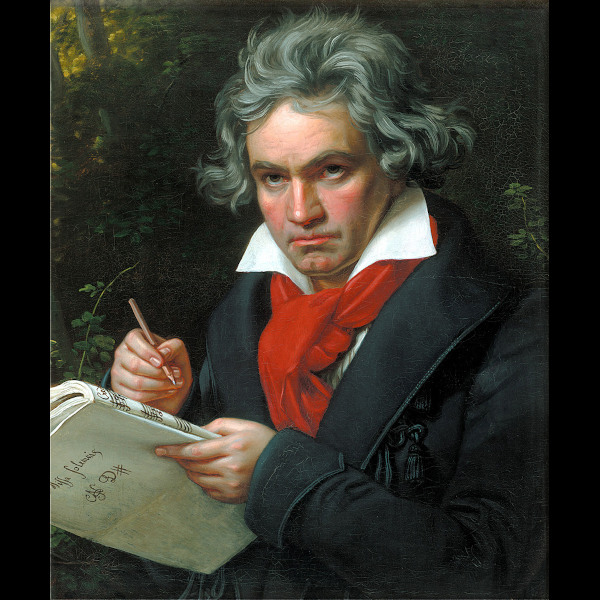
In December 1770 Ludwig van Beethoven was born in Bonn at Bonngasse 20 and
baptized with the name of his famous grandfather - a successful musician from
Flemish Belgium - and he was given this name in hopes to surpass his famous
ancestor. Recognizing he had a prodigy his hands, Ludwigs father Johan van
Beethoven tried to present his talented son at his first show at the age of 7.
His father pushed him hard and would wake him in the middle of the night to
practice his music. By the age of 16 Beethoven was employed as court organist in
Bonn by the brother of Emperor Josef of Vienna. The same year he visited Vienna,
met Mozart and returned home shortly before his mother died. His father become
an alcoholic and forced to retire from his job in service of the Court. Ludwig
was forced into adulthood, making real money and had to take care of his two
younger brothers. In 1792 at the age of 21 Beethoven arrives in Vienna - the
cultural capital - a city overflowing with music in hopes to expand his future.
Wolfgang Amadeus Mozart had died just the year before and the great composer
Haydn was ageing - destiny had prepared a place for Beethoven. Music is
everywhere - and in less than a year he creates a big name for himself.
Beethoven catches the attention of the famous composer Haydn who is amazed at
the young talent who arrived from Bonn and begins studying with him.
One of the most important things for Beethoven was making contact with the
aristocrats - who hosted concerts in their palaces on a weekly basis. They would
meet regularly and host the best musicians of the town. He would seek sponsors
who would let him make music the way he wanted rather than what was expected of
him. Aristocratic patrons such as Joseph Franz von Lobkowitz around the same age
as Beethoven would seek fun in their palaces and inviting a wild child like
Beethoven made life exciting. These patrons were critical for Beethovens
finances. However by his mid 20s Beethoven noticed his hearing was disappearing.
He had to site closer and closer to the stage to hear the notes and music. This
began with the high frequency notes such as piccolos, flutes and top of the
violin while maintaining the lower frequencies. This would distort what he was
hearing. He became isolated from conversations and began avoiding people. Losing
hearing, the one important element of his senses was the cruelest form of
torture. This is when he wrote his famous Moonlight Sonata as the music
reflected his own mortality. The ideas came faster to him than he could digest
them - he changed the course of music. He stood between 2 generations - one foot
firmly ground in Mozart / enlightenment and Goethe. His other part was a member
of romanticism - he transformed music from enlightenment into romanticism.
Read more here
Jean-Paul Marat - Revolutionary France
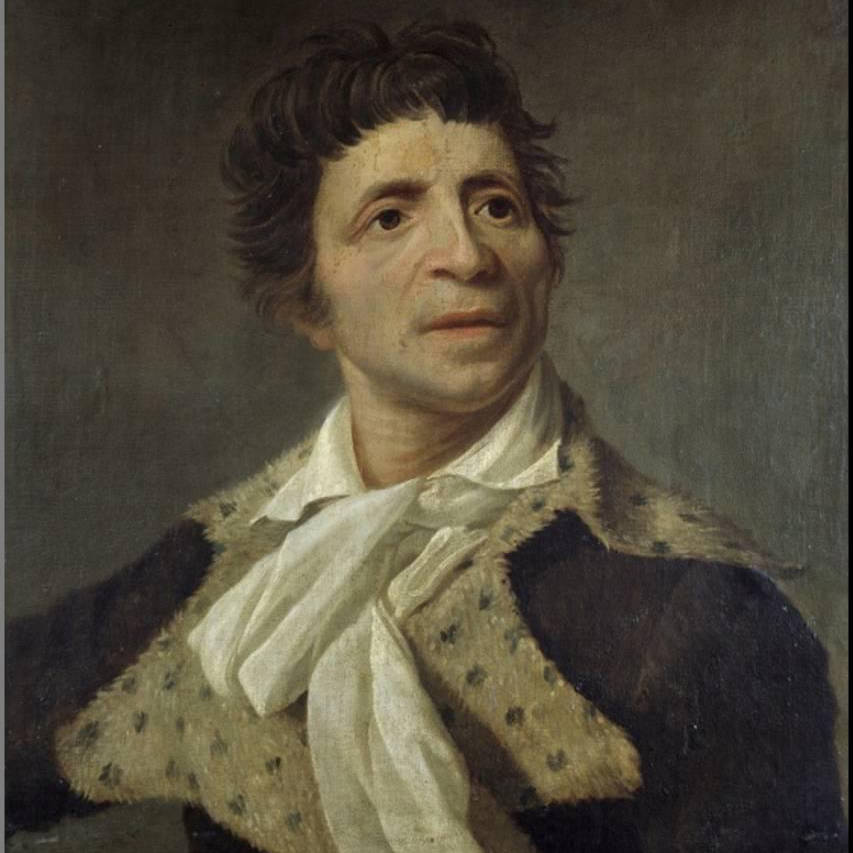
The future French Revolutionary Jean-Paul Marat left home at the age of 16
to train in medicine and would eventually settle in Newcastle upon Tyne where he
gained a reputation as being a highly efficient doctor who also had an interest
in political writings. He moved back France 6 years later and his medical skills
earned him the patronage of the aristocracy. He used his new found wealth to
found a scientific laboratory where he began studies on fire, heat, light and
electricity - he was even visited by Benjamin Franklin. Despite his new status
and success, he began so spend a lot of time discussing and writing about social
injustice.
As Louis XVI struggled to maintain power in the late 1780s by assembling
the Estates-General for the first time in 175 years, Marat decided to end his
research and medical profession to focus entirely on his passion for politics.
He began writing on the topics of social, economic and religious reforms - this
manifested itself in numerous vicious attacks on those he proclaimed were
enemies of the people. His newspaper called for extreme violence against the
upper class and government provoking statements such as five or six hundred
heads cut off would have assured your repose, freedom and happiness. After
reaching fame, He was elected to the National Convention in 1792 where he
actively supported the death of the deposed King in a trial.
Read more here
French King Louis XVI Mystery

French revolutionists condemned King Louis XVI to death on 21. January 1793
by means of the guillotine at the Place de la Revolution in Paris (roughly where
the Obelisk decorating the Place de la Concorde stands today). After a short but
defiant speech he lost his head as the crowd rushed to the scaffold to dip
hankerchiefs into his blood as momentos. An ornate gourd decorated with French
Revolution themes was recently uncovered which had contained a blood soaked
hankerchief dating to this time. The gourd was allegedly a gift to Napoleon
Bonaparte who became First Consul of France in 1799 and Emperor in 1804. An
anonymous Italian family was in its posession since possibly the late 1800s and
came forward with the relic. It bears an inscription that Maximilien Bourdaloue
on 21. January dipped his hankerchief in the blood of the king. Dried blood was
scraped out and this is the same DNA we present in this DNA spotlight! The
sample contains unsually high and rare markers for the Y-DNA haplogroup G2a.
Louis XVI's direct male line ancestor Henri IV was famous for enacting the
Edict of Nantes which guaranteed religious liberties to Protestants ending 30
years of fighting between French Protestants and Catholics - he was assassinated
in 1610 by a French Catholic zealot. The remains had been presumed lost in the
chaos of the French Revolution after a mob of revolutionaries desecrated the
graves of French kings in the royal chapel of Saint-Denis in Paris in 1793.
However, the head was passed down over the centuries by secretive private
collectors and positively identifed in 2010 with a radiocarbon date between 1450
and 1650. The features were consistent with the king's face including a dark
mushroom-like lesion near the right nostrial, a healed facial stab wound and a
pierced right earlobe. The hair color and moustache and beard on the mummified
head fit the appearance of the king at the time of his death as well as matched
his portraits. Furthermore cutting wounds were visible corresponding to the
separation of the head from the body in 1793 and digital facial reconstruction
of the skull matched the plaster mould of his face made just after his death in
1610. The DNA was then tested and compared to the blood from the gourd.
Read more here

Join Our Community
New content is frequently released, and one of the best ways to stay connected is through our Instagram or Facebook pages. Connect with our global community today, and dig deeper into your ancient past.
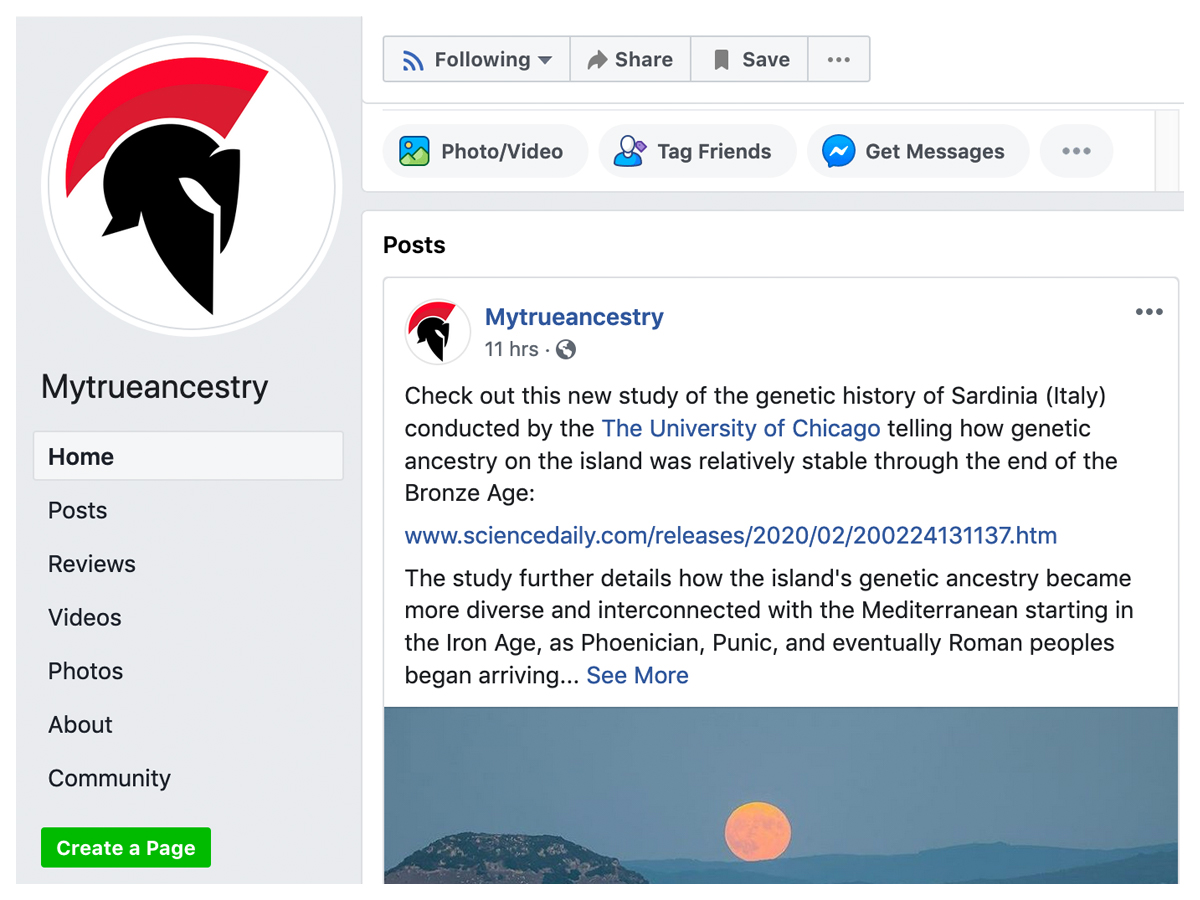
In the press...
Also Featured on:

Contact Us:
EMAIL
INFO@MYTRUEANCESTRY.COM
MAILING ADDRESS
MyTrueAncestry AG
Seestrasse 112
8806 Bäch
Switzerland


